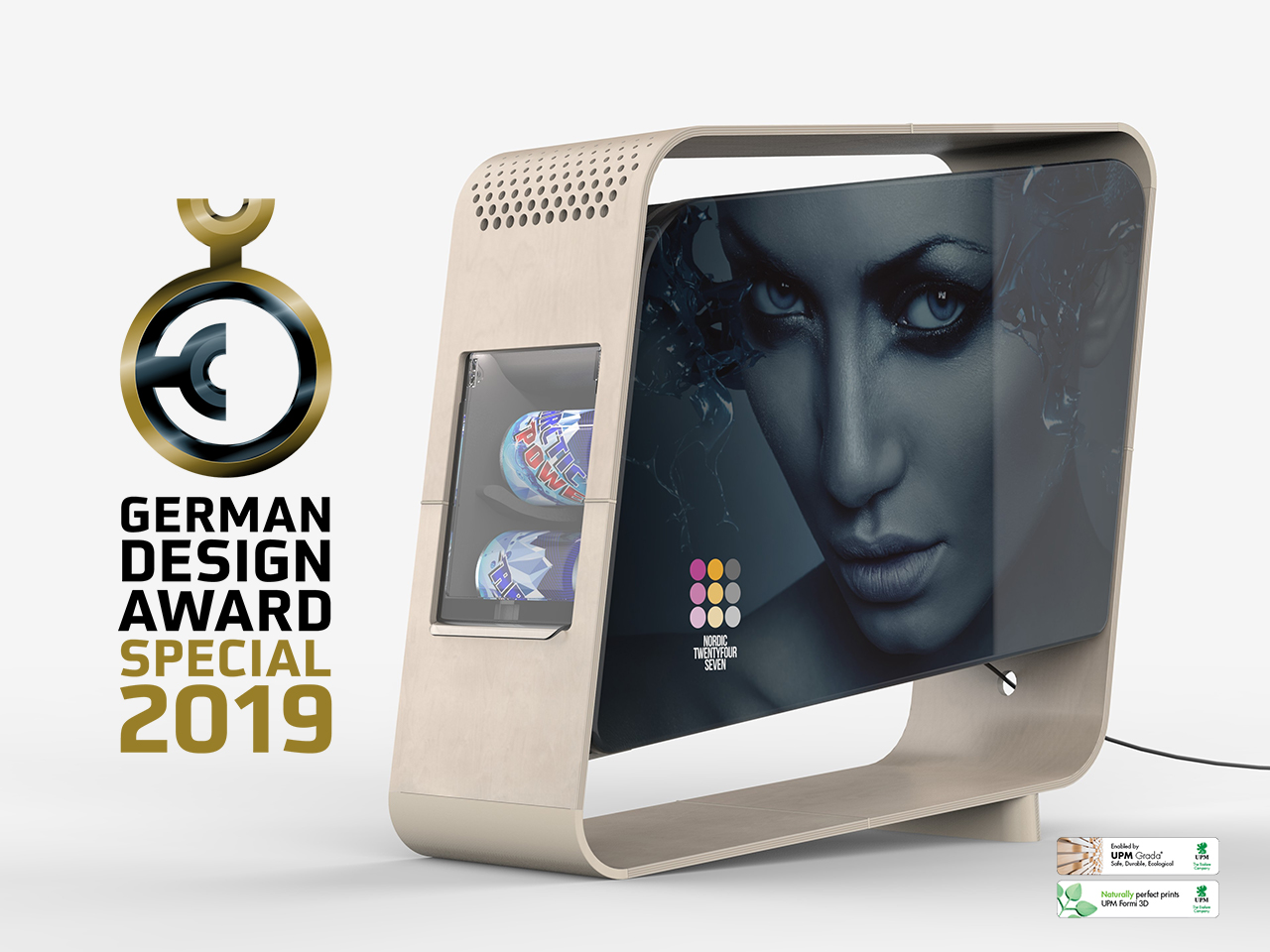Robot inspections could transform maritime operations
Underwater hull cleaning and inspection are critical aspects of ship maintenance. Biofouling for example, caused by the accumulation of marine organisms and biofilms, can lead to mechanical damage, reduced operational efficiency and increased fuel consumption. “A clean hull can save ship operators millions of litres of fuel,” says BugWright2(opens in new window) project coordinator Cédric Pradalier from Georgia Tech-Europe(opens in new window) in France. “This is something that raises significant interest.”
Aerial drones and underwater robots
A critical first step in hull cleaning and maintenance is inspection. Typically, ships are lifted out of the water and treated in dry docks. This often requires the construction of extensive scaffolding, which can be expensive and dangerous. “Inspectors then move around the vessel at arm’s length, inspecting the ship manually,” explains Pradalier. The BugWright2 project, coordinated by the National Centre for Scientific Research(opens in new window) (CNRS) in France, sought to automate this procedure, and put in place a system whereby some inspections could be carried out in water. “Our idea was to build a set of automated tools to support the inspection process, and ensure that this data is well documented,” adds Pradalier. “Using a common data system means that information can be accessed when the ship is inspected again.” The project developed tools such as aerial drones and underwater robots with magnetic wheels to scan the exterior of the ship. Some of these robots were used to measure the thickness of the hull, to detect possible corrosion. Localisation technology was used to help operators know exactly where they were on the ship.
Successful automated ship inspections
The project team was able to test this technology on a mock-up of a ship’s hull at sea, as well as a Portuguese navy ship that was about to be decommissioned. The team also ran automated inspections on sugar beet storage tanks on land, which stood in for oil tanks. These presented far fewer logistical and safety concerns than oil tanks would have done. For Pradalier, a key success was getting some classification societies(opens in new window) – the organisations delegated by countries to develop and apply maritime standards – to accept robotic inspection as a viable procedure. “This is critically important,” he says. “If a shipowner uses a procedure that has not been validated by a classification society, they simply won’t be insured. This is a big step forward.” The project team also confirmed the efficacy of many of the individual components used. An underwater drone that combines acoustic sonar with imaging is currently being used by the Norwegian Coast Guard to inspect and protect their ships.
Framework for reporting and storing ship data
The project also underlined the importance of putting in place a standardised common framework for reporting and storing ship inspection data. For Pradalier, this is the critical next step. This would mean operators could easily compare the current state of a vessel to the last recorded inspection. This is not so much a technological issue as it is a regulatory issue. “This needs to be in place at the International Maritime Organization(opens in new window) level,” he notes. “Simplified, clear guidelines for using remote inspection tools could then be diffused through all the classification societies.” In the meantime, the potential of bringing together individual robotic components in an easy-to-use application will continue to be explored, making ship inspections more efficient and cost-effective, as well as safer.







